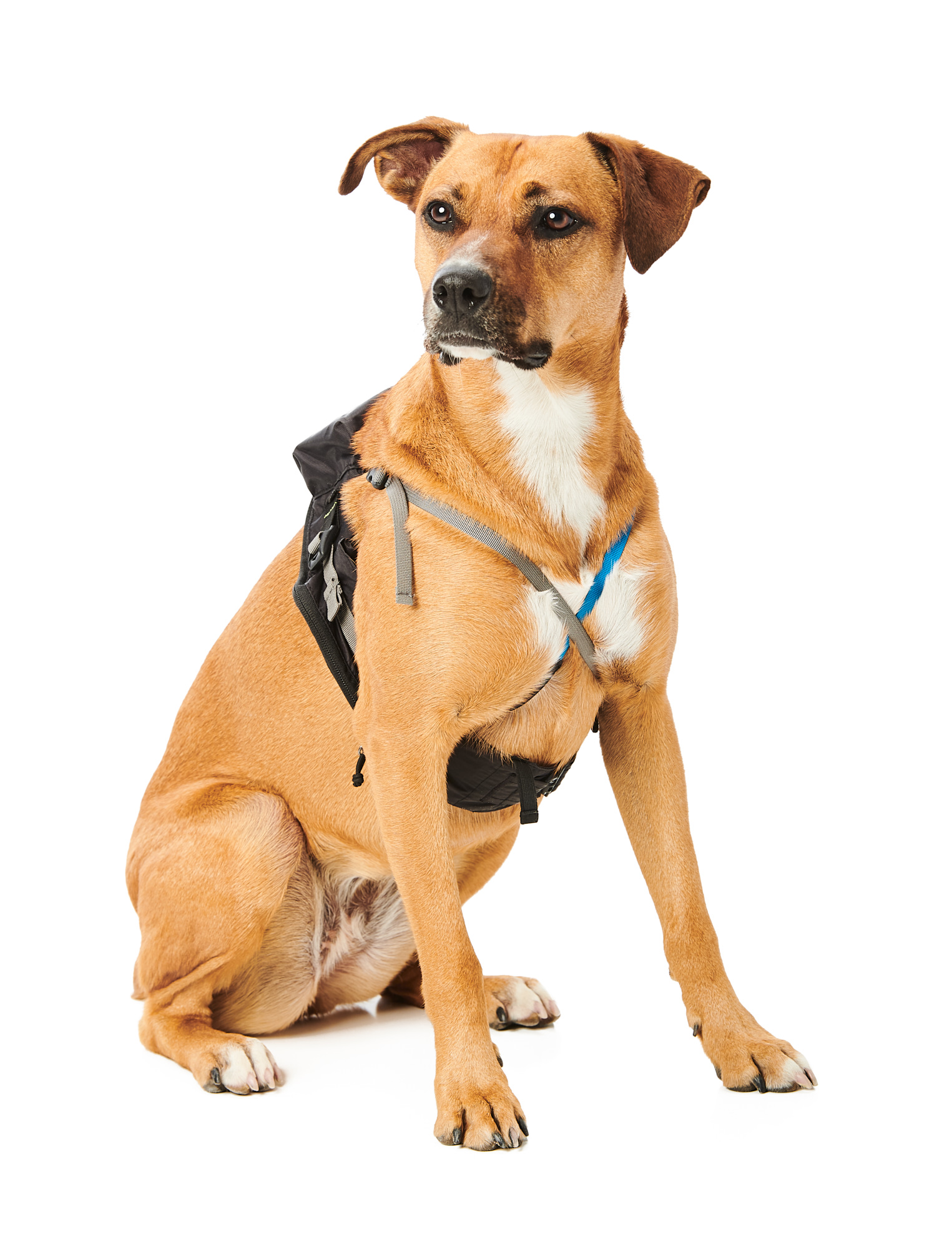As the staff at your veterinary clinic are aware, hypothermia, a potentially dangerous condition when an individual has a low body temperature, is a post-anesthetic concern across species. However, this is more common in some species than others. According to a study published in Veterinary Record, this condition is seen in approximately 30-60% of human cases, 83.6% of canine cases, and in 97.5% of feline cases. Veterinarians can utilize the MeasureON! harness to better monitor temperature (along with pulse and respiratory rates) in their canine patients before to establish a baseline, during, and after anesthesia. This innovative design automatically checks the patient’s vital signs during regular “check-in” intervals that can be set by the veterinarian, and by pressing a button on the harness.
A dog’s normal temperature is between 100°F and 102.5°F and temperatures under 99°F are classified as hypothermia. The majority of hypothermic patients fall into the mild hypothermia range (90-99°F), but moderate and severe classifications also exist. Using the VetMeasure app, veterinarians can set personalized vital sign “normal” ranges for each patient. If a patient is not within this range, the MeasureON! harness can send alerts to veterinarians and staff.
Continuous temperature monitoring allows clinic staff members to react immediately if a patient becomes slightly hypothermic, rather than discovering this later when the dog is potentially more severely hypothermic. Quickly catching hypothermia is important as hypothermic dogs recover from anesthesia slower than those that maintain normal body temperature. This, in turn, can push back on when they may be ready to resume eating and drinking. Additionally, the extended period hypothermic dogs appear to be “out of it” impacting veterinary’s ability to monitor dogs for pain levels. Post-anesthetic hypothermia monitoring is one of many uses for the MeasureON! harness.

